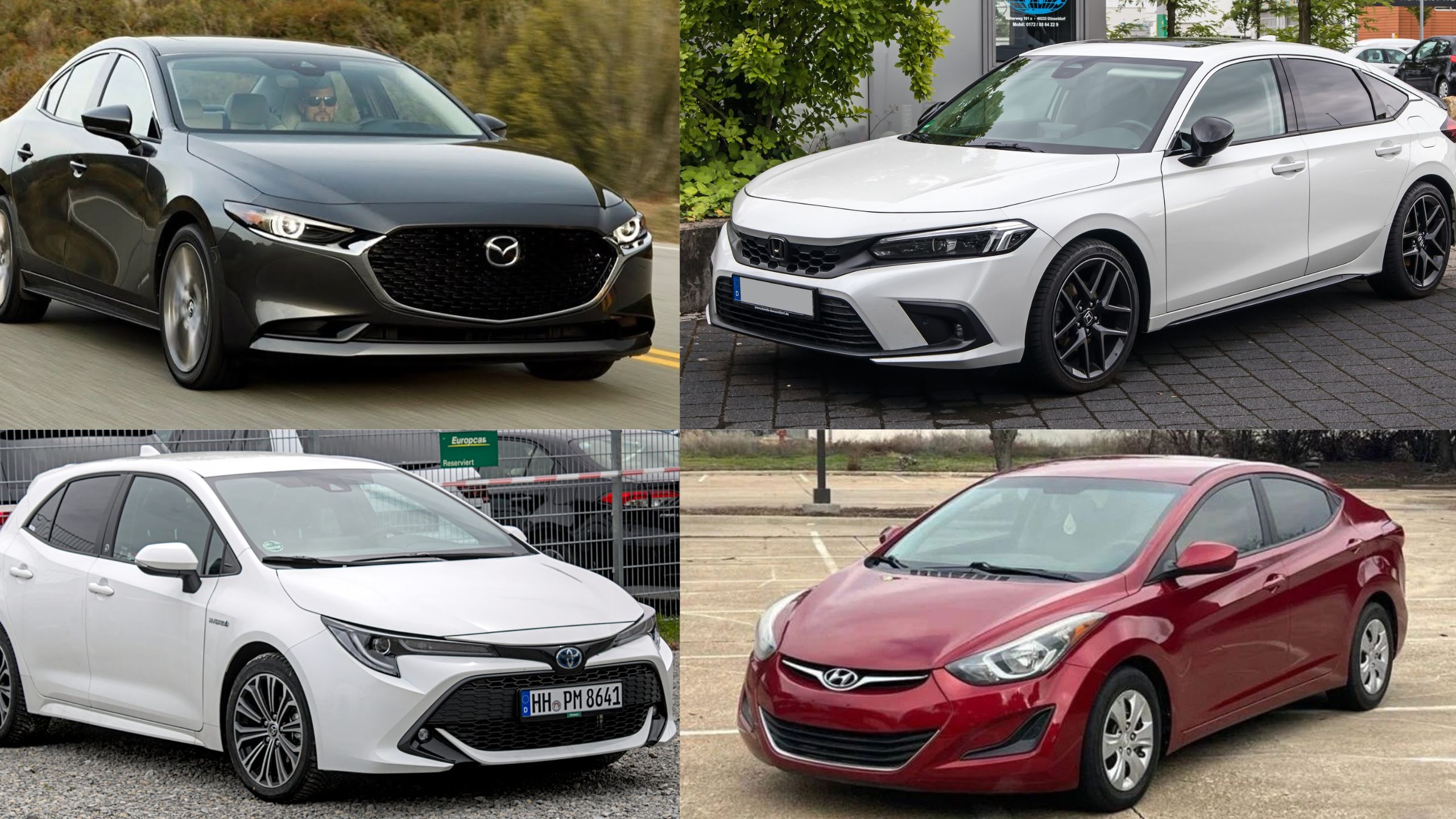Safety on the road is a paramount concern for every driver, and one of the most critical safety features in modern vehicles is the airbag system.
While advanced safety technology was once reserved for luxury vehicles, today’s affordable car market offers remarkable protection at accessible price points.
The evolution of automotive safety has democratized advanced airbag technologies, ensuring that budget-conscious consumers don’t have to compromise on protection.
Modern airbag systems have transformed from simple cushioning devices to sophisticated safety networks that can detect crash severity, occupant position, and even pre-tension seatbelts.
These intelligent systems utilize multiple sensors and advanced algorithms to deploy precisely the right number of airbags at the optimal moment, dramatically reducing injury risks during collisions.
Manufacturers have invested heavily in research and development, creating multi-stage airbag systems that adapt to different crash scenarios.
This guide explores ten affordable vehicles that stand out for their exceptional airbag protection.
Each vehicle has been evaluated based on its airbag configuration, crash test ratings, innovative safety technologies, and affordability. From compact sedans to versatile SUVs, these vehicles prove that advanced safety doesn’t have to come with a premium price tag.
1. Honda Civic
The Honda Civic stands as a paragon of safety innovation, offering an exceptional airbag system that has consistently set industry standards. Honda’s commitment to passenger protection is evident in its comprehensive SRS (Supplemental Restraint System), which goes far beyond traditional safety expectations.
The 2023 model boasts an impressive array of nine airbags strategically placed throughout the vehicle’s interior, creating a protective cocoon for occupants.
At the heart of the Civic’s safety arsenal is its advanced multiple-threshold front airbag system. These intelligent airbags feature dual-stage deployment, which means they can adjust inflation based on crash severity, impact angle, and occupant position.
The driver and front passenger benefit from front airbags that can modulate their expansion, reducing the risk of airbag-related injuries while maximizing crash protection.
Side-impact protection is equally robust, with front and rear side airbags designed to shield occupants from lateral collision forces. The Civic’s side curtain airbags extend along the entire cabin length, providing critical head protection for both front and rear passengers during side impacts or rollover scenarios.
This comprehensive coverage is particularly impressive in an affordable vehicle segment. Honda’s advanced compatibility engineering (ACE) body structure works in tandem with the airbag system, creating a holistic approach to crash protection.
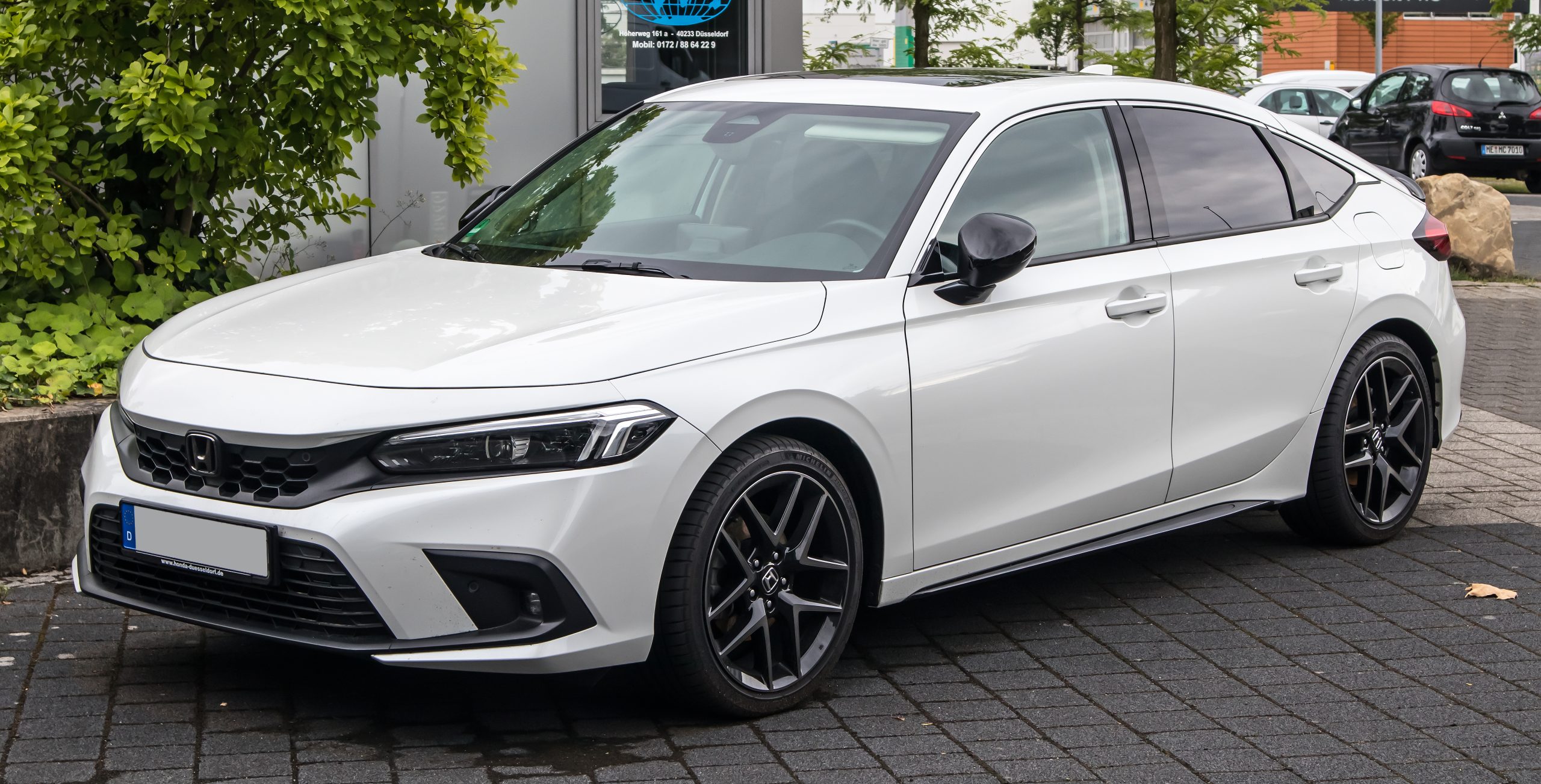
The vehicle’s frame is designed to absorb and distribute impact energy, working synergistically with the airbags to minimize passenger injury risk. Additionally, the Civic features advanced sensors that can detect an imminent collision, pre-tensioning seatbelts, and positioning airbags milliseconds before impact.
The Insurance Institute for Highway Safety (IIHS) has consistently awarded the Civic top safety ratings, with its airbag system playing a crucial role in these accolades.
The National Highway Traffic Safety Administration (NHTSA) has also recognized the Civic with impressive crash test scores, particularly praising its comprehensive airbag protection.
Beyond traditional airbags, the Civic includes innovative features like a passenger-side knee airbag and side airbags that extend protection to critical areas often vulnerable during collisions.
The system’s sophisticated crash sensors can distinguish between minor and severe impacts, ensuring appropriate airbag deployment and minimizing unnecessary inflation.
Remarkably, Honda has managed to pack this advanced safety technology into a competitively priced package, making cutting-edge protection accessible to a broader range of consumers.
The Civic proves that affordable doesn’t mean compromising on safety, setting a new standard for comprehensive airbag protection in the compact car segment.
2. Toyota Corolla
The Toyota Corolla represents a masterclass in intelligent airbag engineering, offering a multi-layered safety approach that has become synonymous with Toyota’s commitment to passenger protection.
With eight strategically placed airbags, the Corolla creates a comprehensive safety net that addresses multiple collision scenarios with remarkable precision.
Toyota’s Star Safety System forms the foundation of the Corolla’s protection strategy, with an airbag network that goes beyond mere cushioning. The front advanced airbag system utilizes sophisticated sensors that analyze crash severity, occupant seating position, and seatbelt usage to determine optimal deployment force.
This means the airbags can modulate their inflation, reducing the risk of secondary injuries while providing maximum crash protection.
Side-impact protection is particularly noteworthy, with front and rear side airbags designed to create a protective barrier against lateral collisions.
The side curtain airbags extend along the entire cabin, offering critical head protection for all passengers. These airbags are engineered to deploy with a controlled force that minimizes potential injury while maximizing collision energy absorption.
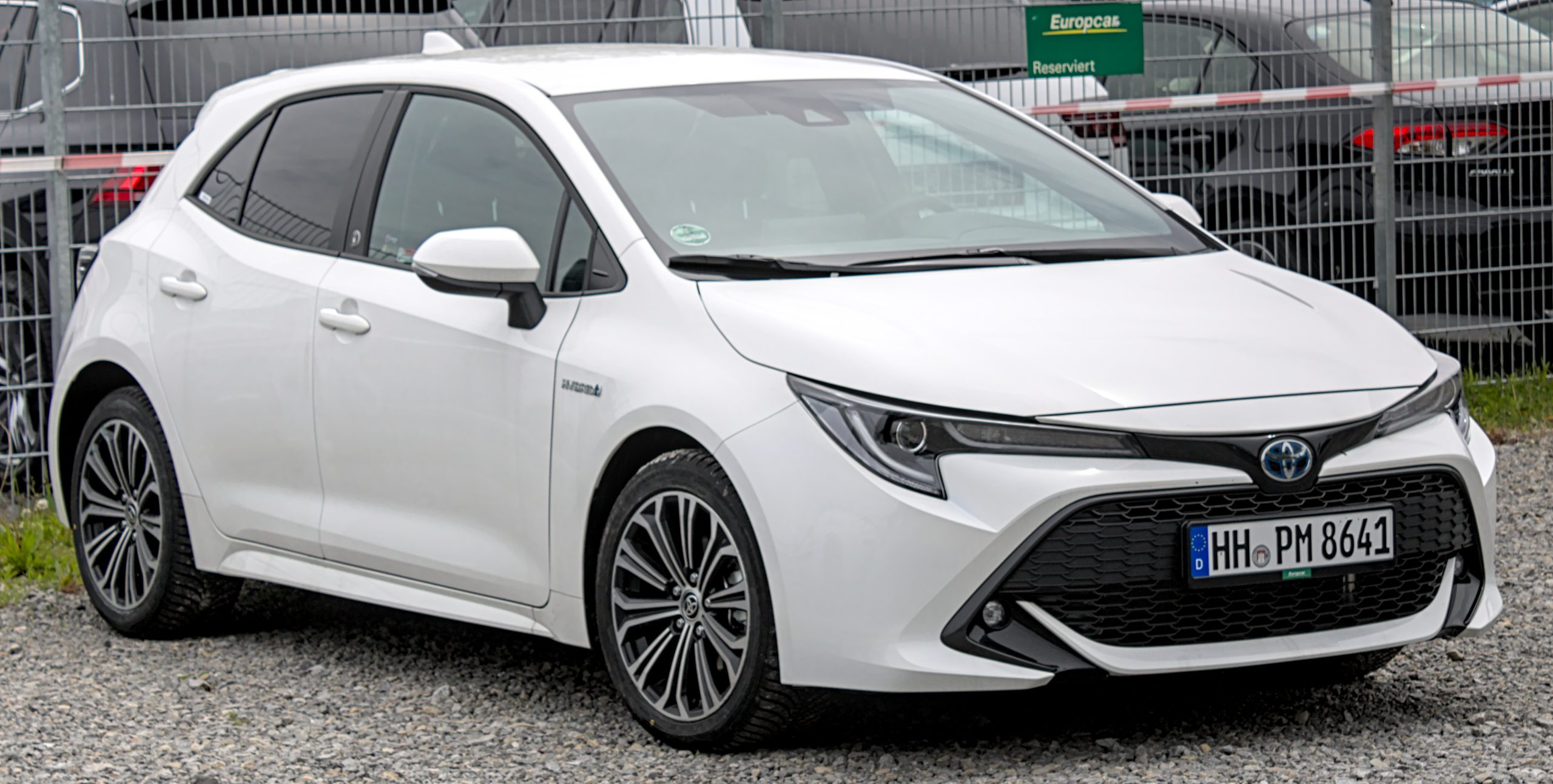
The Corolla’s driver and passenger front airbags feature a two-stage deployment mechanism, a technology typically found in more expensive vehicles. This system can adjust inflation based on crash intensity, providing different levels of cushioning depending on the specific collision characteristics.
A driver’s knee airbag adds an extra layer of protection, reducing lower body injury risks during frontal impacts.
Toyota’s advanced body structure works in concert with the airbag system, utilizing high-strength materials and strategic reinforcement points.
The vehicle’s frame is designed to absorb and distribute impact energy, creating a synergistic safety approach that extends beyond the airbag deployment itself.
Sophisticated crash sensors can detect imminent collisions, pre-tensioning seatbelts, and positioning airbags within milliseconds of potential impact.
The National Highway Traffic Safety Administration (NHTSA) has consistently awarded the Corolla top safety ratings, with its comprehensive airbag system playing a pivotal role.
The Insurance Institute for Highway Safety (IIHS) has similarly recognized the vehicle’s exceptional protection capabilities, highlighting its advanced airbag technologies.
What sets the Corolla apart is its ability to deliver this exceptional safety technology at an affordable price point. The vehicle proves that comprehensive protection doesn’t require a premium budget.
Advanced features like occupant classification sensors ensure that airbag deployment is tailored to the specific characteristics of each passenger, adding an unprecedented level of personalized safety.
3. Mazda3
The Mazda3 emerges as a beacon of safety innovation, combining sophisticated airbag technology with a holistic approach to passenger protection.
With seven strategically positioned airbags, Mazda has created a safety system that represents the pinnacle of intelligent design in the affordable car segment.
Mazda’s advanced SRS (Supplemental Restraint System) goes far beyond traditional airbag implementations.
The front airbags feature a dual-stage deployment mechanism that can adjust inflation based on crash severity, occupant position, and seatbelt usage. This nuanced approach ensures that airbag force is precisely calibrated to provide maximum protection while minimizing the risk of secondary injuries.
The side-impact protection is particularly impressive, with front side airbags and full-length side curtain airbags creating a comprehensive protective barrier.
These airbags are designed to distribute impact energy efficiently, providing critical protection for occupants’ heads and torsos during lateral collisions.
A driver’s knee airbag adds a layer of protection for lower body regions often vulnerable during frontal impacts.
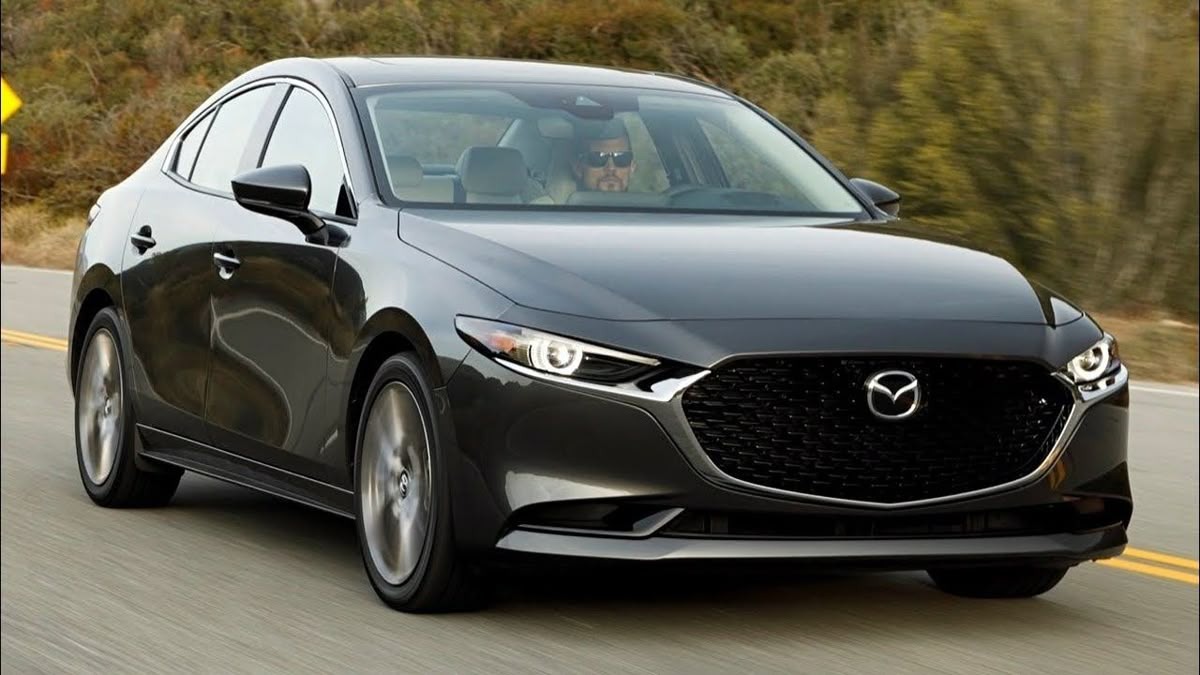
Mazda’s innovative G-Vectoring Control system works in tandem with the airbag network, subtly adjusting vehicle dynamics to reduce collision risks.
By optimizing weight transfer and vehicle stability, this system can potentially mitigate collision scenarios before airbag deployment becomes necessary.
The vehicle’s advanced body structure, constructed with high-strength materials and strategic reinforcement points, complements the airbag system.
This approach ensures that impact energy is absorbed and distributed efficiently, creating a multi-layered protection strategy that extends beyond traditional airbag functionality.
Insurance Institute for Highway Safety (IIHS) and National Highway Traffic Safety Administration (NHTSA) consistently award the Mazda3 top safety ratings, with its sophisticated airbag system receiving particular praise.
The advanced sensor network can detect imminent collisions with remarkable precision, pre-tensioning seatbelts, and positioning airbags within milliseconds of potential impact.
Occupant classification sensors add another layer of intelligence to the Mazda3’s safety system.
These sensors can detect passenger weight, and seating position, and even distinguish between adult and child occupants, ensuring that airbag deployment is perfectly tailored to each specific scenario.
4. Hyundai Elantra
The Hyundai Elantra represents a remarkable achievement in affordable automotive safety, delivering a sophisticated airbag system that rivals much more expensive vehicles.
With eight strategically placed airbags, the Elantra creates a comprehensive protective network that addresses multiple collision scenarios with exceptional precision.
Hyundai’s SmartSense safety technology forms the backbone of Elantra’s protection strategy. The front airbags feature an advanced multi-stage deployment mechanism that can adjust inflation based on crash severity, occupant position, and seatbelt usage.
This intelligent approach ensures that airbag force is precisely calibrated to provide maximum protection while minimizing potential secondary injuries.
Side-impact protection is particularly robust, with front and rear side airbags creating a protective barrier against lateral collisions.
The full-length side curtain airbags extend protection to all passengers, offering critical head protection during side impacts or potential rollover scenarios. A driver’s knee airbag adds a layer of protection for lower body regions typically vulnerable during frontal collisions.
The vehicle’s advanced high-strength steel body structure works in perfect synchronization with the airbag system.
This carefully engineered frame is designed to absorb and distribute impact energy efficiently, creating a multi-layered approach to passenger protection that goes beyond traditional airbag functionality.
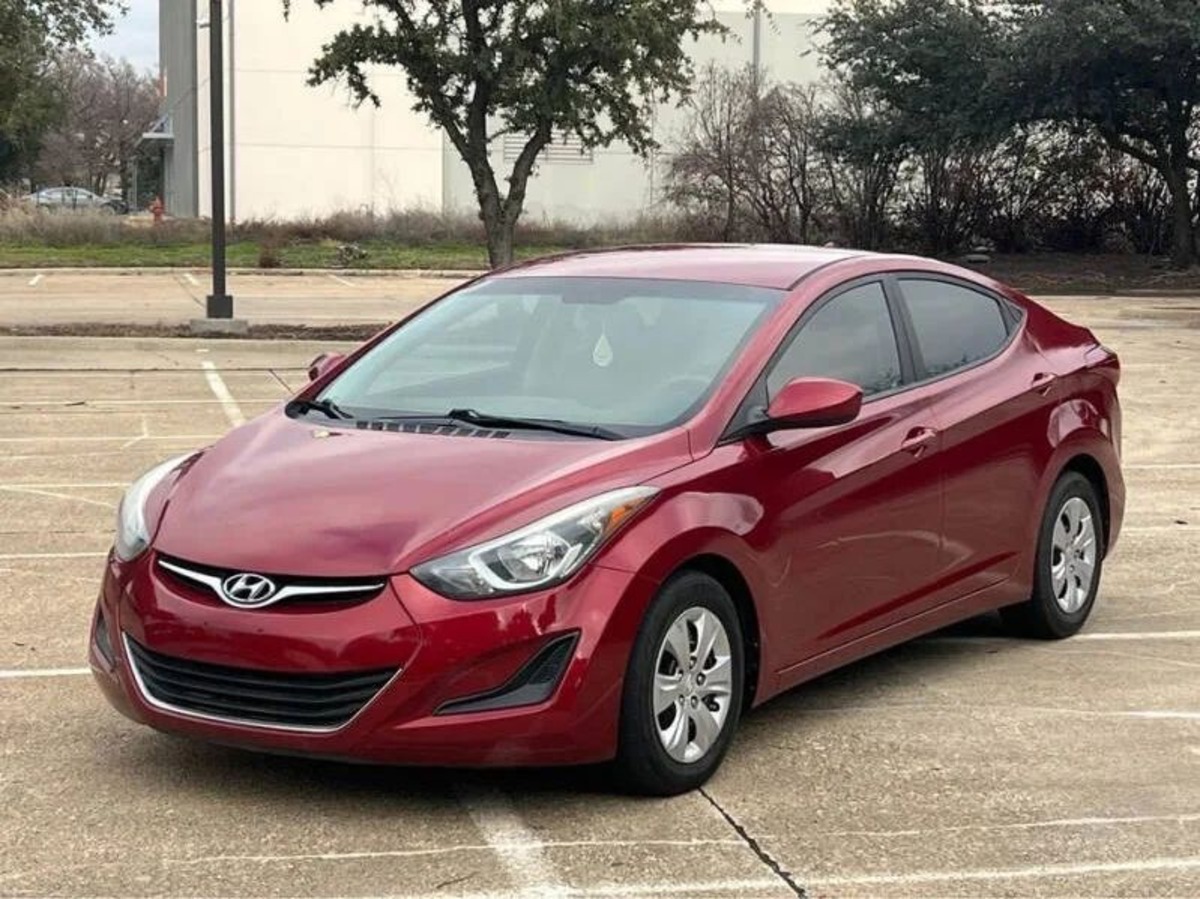
Sophisticated crash sensors represent the cutting edge of Elantra’s safety technology. These advanced sensors can detect imminent collisions with remarkable precision, pre-tensioning seatbelts, and positioning airbags within milliseconds of potential impact.
Occupant classification sensors add another layer of intelligence, capable of detecting passenger weight, and seating position, and distinguishing between adult and child occupants.
The National Highway Traffic Safety Administration (NHTSA) and Insurance Institute for Highway Safety (IIHS) have consistently awarded the Elantra top safety ratings.
The comprehensive airbag system plays a crucial role in these accolades, demonstrating Hyundai’s commitment to passenger protection across all vehicle price points.
Also Read: 12 High-End SUVs That Have the Lowest Maintenance Costs Over Time
5. Kia Forte
The Kia Forte stands as a testament to advanced safety engineering, offering a comprehensive airbag system that delivers professional-grade protection at an accessible price point.
With seven strategically positioned airbags, the Forte creates a robust safety network that addresses multiple collision scenarios with remarkable precision.
Kia’s advanced SRS (Supplemental Restraint System) represents the pinnacle of intelligent airbag design. The front airbags feature a sophisticated multi-stage deployment mechanism that can adjust inflation based on crash severity, occupant position, and seatbelt usage.
This nuanced approach ensures that airbag force is precisely calibrated to provide maximum protection while minimizing the potential for secondary injuries.
Side-impact protection is exceptional, with front side airbags and full-length side curtain airbags creating a comprehensive protective barrier.
These airbags are engineered to distribute impact energy efficiently, providing critical protection for occupants’ heads and torsos during lateral collisions.
A dedicated driver’s knee airbag adds an extra layer of protection for lower body regions typically vulnerable during frontal impacts.
The vehicle’s advanced high-strength steel body structure works in perfect harmony with the airbag system.
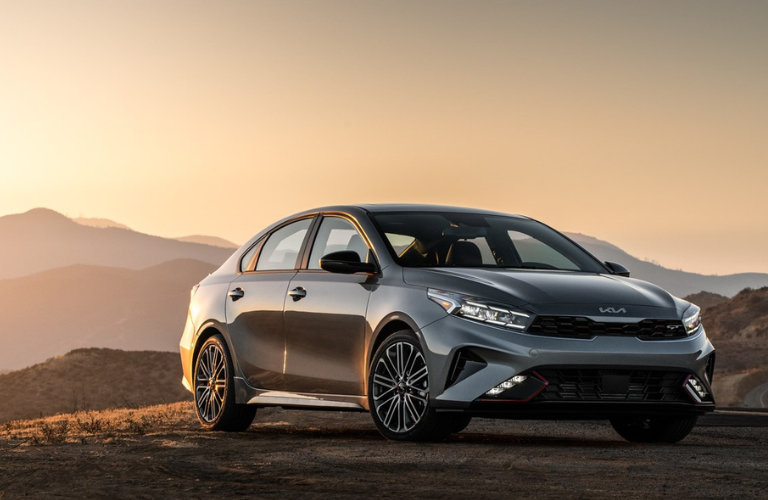
Carefully engineered reinforcement points and strategic material selection ensure that impact energy is absorbed and distributed efficiently, creating a multi-layered approach to passenger protection that extends beyond traditional airbag functionality.
Sophisticated crash sensors represent the cutting edge of the Forte’s safety technology. These advanced sensors can detect potential collisions with remarkable precision, pre-tensioning seatbelts, and positioning airbags within milliseconds of impact.
Occupant classification sensors add another layer of intelligence, capable of detecting passenger weight, and seating position, and distinguishing between different occupant types.
The National Highway Traffic Safety Administration (NHTSA) and Insurance Institute for Highway Safety (IIHS) have consistently recognized the Forte with top safety ratings.
The comprehensive airbag system plays a pivotal role in these accolades, demonstrating Kia’s commitment to delivering professional-grade protection across all vehicle price points.
6. Volkswagen Jetta
The Volkswagen Jetta exemplifies German engineering’s commitment to safety, delivering an advanced airbag system that sets new standards in the affordable car segment.
With seven strategically placed airbags, the Jetta creates a comprehensive protective environment that addresses multiple collision scenarios with exceptional precision and intelligence.
Volkswagen’s Intelligent Crash Response System (ICRS) forms the cornerstone of the Jetta’s safety architecture. The front airbags feature a sophisticated multi-stage deployment mechanism that can dynamically adjust inflation based on crash severity, occupant position, and seatbelt usage.
This nuanced approach ensures that airbag force is precisely calibrated to provide maximum protection while minimizing the risk of secondary injuries typically associated with airbag deployment.
Side-impact protection reaches new heights with front and rear side airbags designed to create an impenetrable protective barrier. The full-length side curtain airbags extend comprehensive head protection for all passengers, offering critical defense during lateral collisions or potential rollover scenarios.
A dedicated driver’s knee airbag provides additional protection for lower body regions, addressing vulnerable areas often overlooked in less advanced safety systems.
The Jetta’s advanced high-strength steel body structure works in perfect synergy with its airbag network.
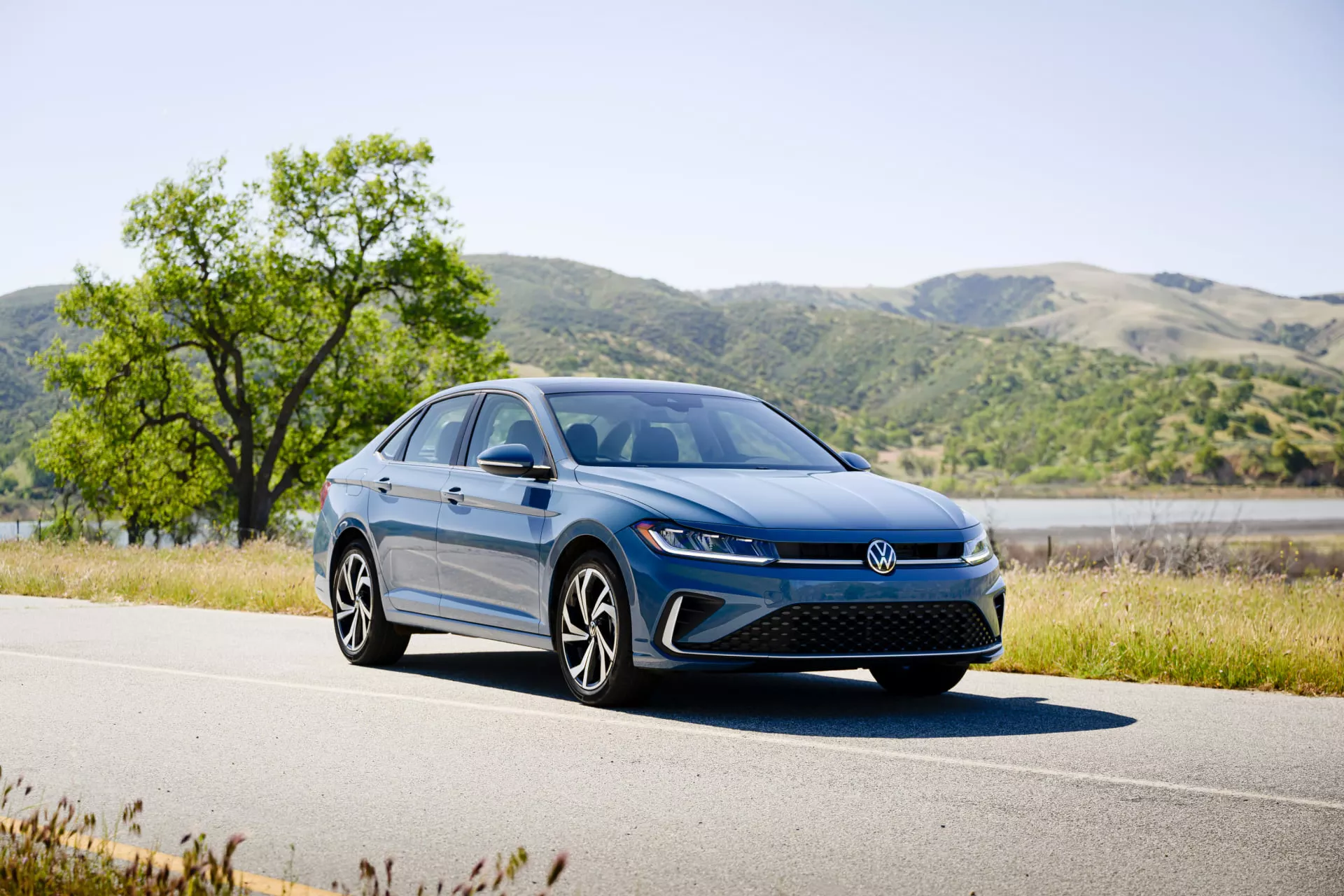
Carefully engineered crumple zones and strategic reinforcement points ensure that impact energy is absorbed and distributed efficiently, creating a multi-layered approach to passenger protection that transcends traditional airbag functionality.
Cutting-edge crash sensors represent the pinnacle of the Jetta’s safety technology. These advanced sensors can detect potential collisions with millisecond precision, instantaneously pre-tensioning seatbelts and positioning airbags before impact.
Occupant classification sensors add another layer of intelligent protection, capable of detecting passenger weight, and seating position, and distinguishing between different occupant types.
The National Highway Traffic Safety Administration (NHTSA) and Insurance Institute for Highway Safety (IIHS) have consistently awarded the Jetta top safety ratings.
Its comprehensive airbag system plays a crucial role in these accolades, demonstrating Volkswagen’s unwavering commitment to passenger protection across all vehicle price points.
7. Subaru Impreza
The Subaru Impreza stands as a beacon of comprehensive safety engineering, offering an advanced airbag system that goes beyond traditional protection strategies.
With seven strategically positioned airbags, the Impreza creates a robust safety network that addresses multiple collision scenarios with remarkable precision and intelligence.
Subaru’s advanced SRS (Supplemental Restraint System) represents a pinnacle of intelligent design. The front airbags feature a sophisticated multi-stage deployment mechanism that can dynamically adjust inflation based on crash severity, occupant position, and seatbelt usage.
This nuanced approach ensures that airbag force is precisely calibrated to provide maximum protection while minimizing potential secondary injuries.
Side-impact protection reaches exceptional levels with front side airbags and full-length side curtain airbags creating a comprehensive protective barrier.
These airbags are engineered to distribute impact energy efficiently, providing critical protection for occupants’ heads and torsos during lateral collisions. A dedicated driver’s knee airbag adds an extra layer of protection for lower body regions typically vulnerable during frontal impacts.
The vehicle’s advanced high-strength steel body structure works in perfect harmony with the airbag system.
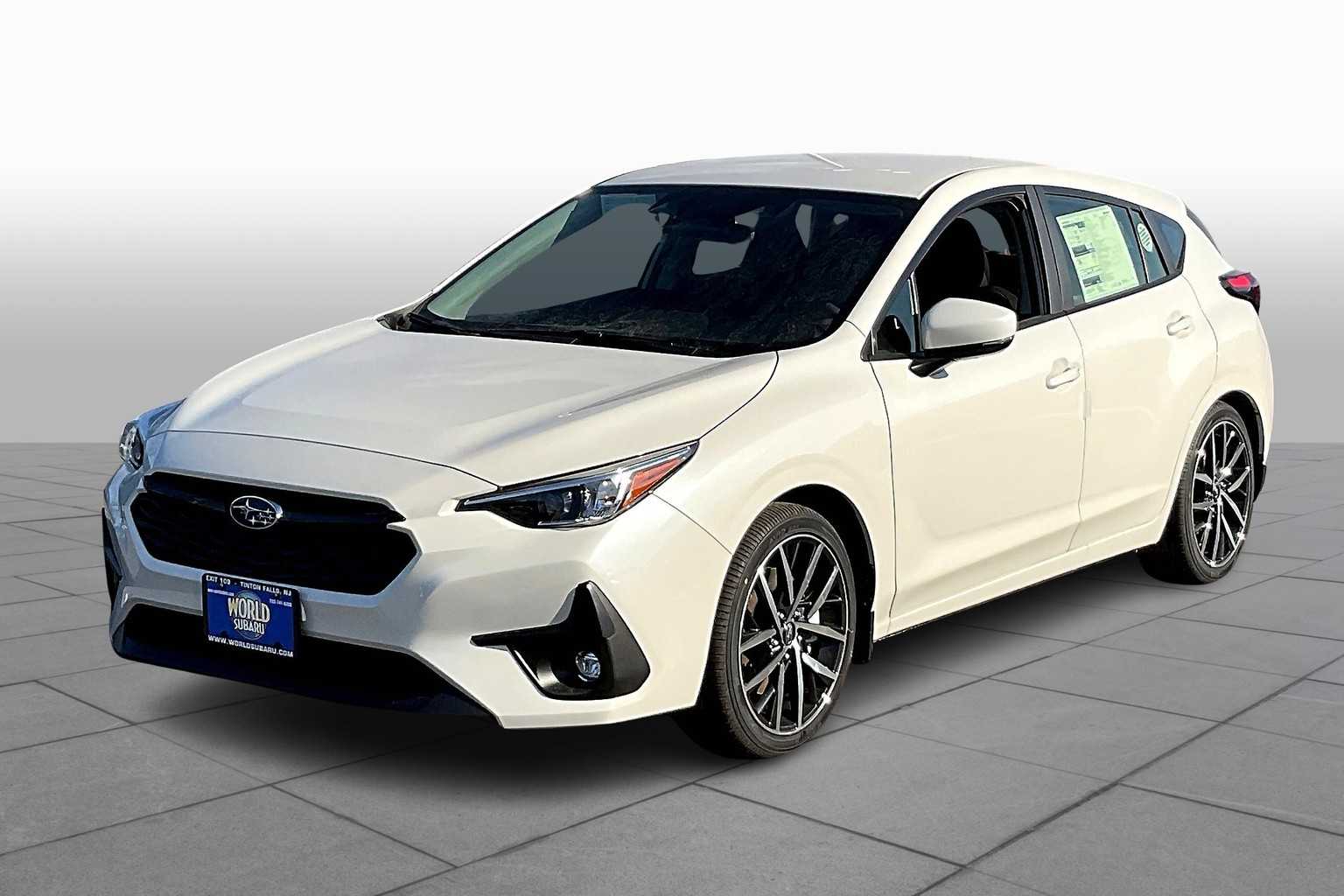
Carefully engineered reinforcement points and strategic material selection ensure that impact energy is absorbed and distributed efficiently, creating a multi-layered approach to passenger protection that extends beyond traditional airbag functionality.
Sophisticated crash sensors represent the cutting edge of the Impreza’s safety technology. These advanced sensors can detect potential collisions with remarkable precision, pre-tensioning seatbelts, and positioning airbags within milliseconds of impact.
Occupant classification sensors add another layer of intelligence, capable of detecting passenger weight, and seating position, and distinguishing between different occupant types.
8. Nissan Sentra
The Nissan Sentra emerges as a pinnacle of safety innovation, delivering an advanced airbag system that revolutionizes protection in the affordable car segment.
With eight strategically placed airbags, the Sentra creates a comprehensive protective environment that addresses multiple collision scenarios with exceptional intelligence and precision.
Nissan’s Advanced Air Bag System (AABS) represents a breakthrough in automotive safety technology. The front airbags utilize a sophisticated dual-stage deployment mechanism that dynamically adapts to crash characteristics.
Advanced sensors continuously monitor impact severity, occupant position, and seatbelt usage, ensuring that airbag inflation is precisely calibrated to provide maximum protection while minimizing the risk of secondary injuries.
The side-impact protection system is particularly remarkable, featuring front and rear side airbags designed to create an impenetrable protective barrier. Full-length side curtain airbags extend comprehensive head protection to all passengers, offering critical defense during lateral collisions and potential rollover scenarios.
A dedicated driver’s knee airbag provides additional protection for lower body regions, addressing vulnerable areas often overlooked in less advanced safety systems.
Structural integrity plays a crucial role in the Sentra’s safety strategy. The vehicle’s advanced high-strength steel body structure works in perfect synergy with its airbag network.
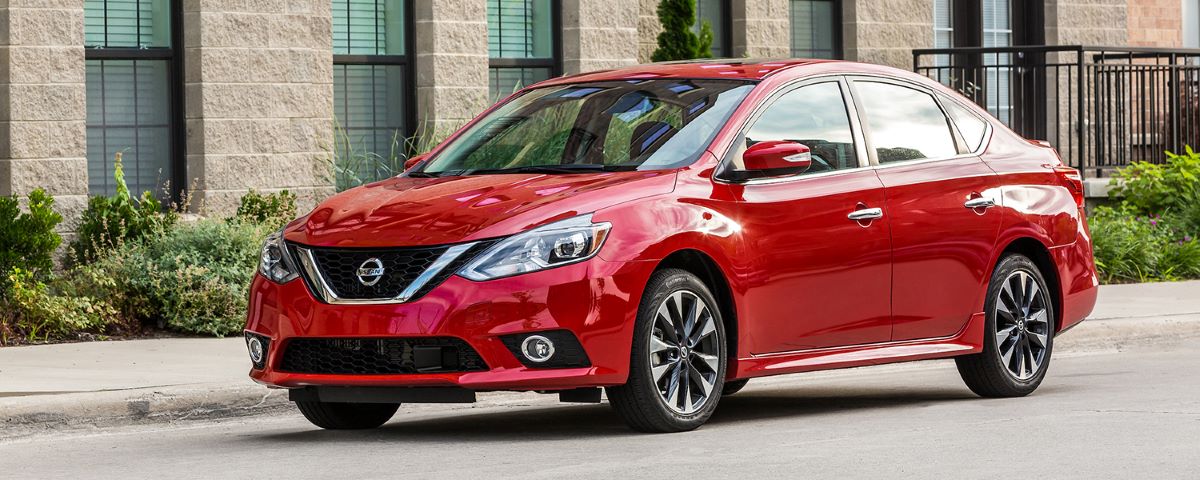
Carefully engineered crumple zones and strategic reinforcement points ensure that impact energy is absorbed and distributed efficiently, creating a multi-layered approach to passenger protection that transcends traditional airbag functionality.
Cutting-edge crash sensors represent the pinnacle of the Sentra’s safety technology. These advanced sensors can detect potential collisions with millisecond precision, instantaneously pre-tensioning seatbelts and positioning airbags before impact occurs.
Occupant classification sensors add another layer of intelligent protection, capable of detecting passenger weight, and seating position, and distinguishing between different occupant types.
The National Highway Traffic Safety Administration (NHTSA) and Insurance Institute for Highway Safety (IIHS) have consistently recognized the Sentra with top safety ratings.
Its comprehensive airbag system plays a pivotal role in these accolades, demonstrating Nissan’s unwavering commitment to passenger protection across all vehicle price points.
9. Chevrolet Cruze
The Chevrolet Cruze represents a quantum leap in affordable automotive safety, delivering an advanced airbag system that challenges the boundaries of protection in the compact car segment.
With an impressive ten strategically placed airbags, the Cruze creates an unparalleled protective network that addresses multiple collision scenarios with exceptional precision and intelligence.
Chevrolet’s advanced safety technology forms the cornerstone of the Cruze’s protection strategy. The front airbags feature a revolutionary multi-stage deployment mechanism that can adjust inflation with remarkable sophistication.
Sophisticated sensors analyze crash severity, occupant position, and seatbelt usage in microseconds, ensuring that airbag force is precisely calibrated to provide maximum protection while minimizing potential secondary injuries.
Side-impact protection reaches unprecedented levels of effectiveness. Front and rear side airbags create a robust protective barrier against lateral collisions, while full-length side curtain airbags extend comprehensive head protection to all passengers.
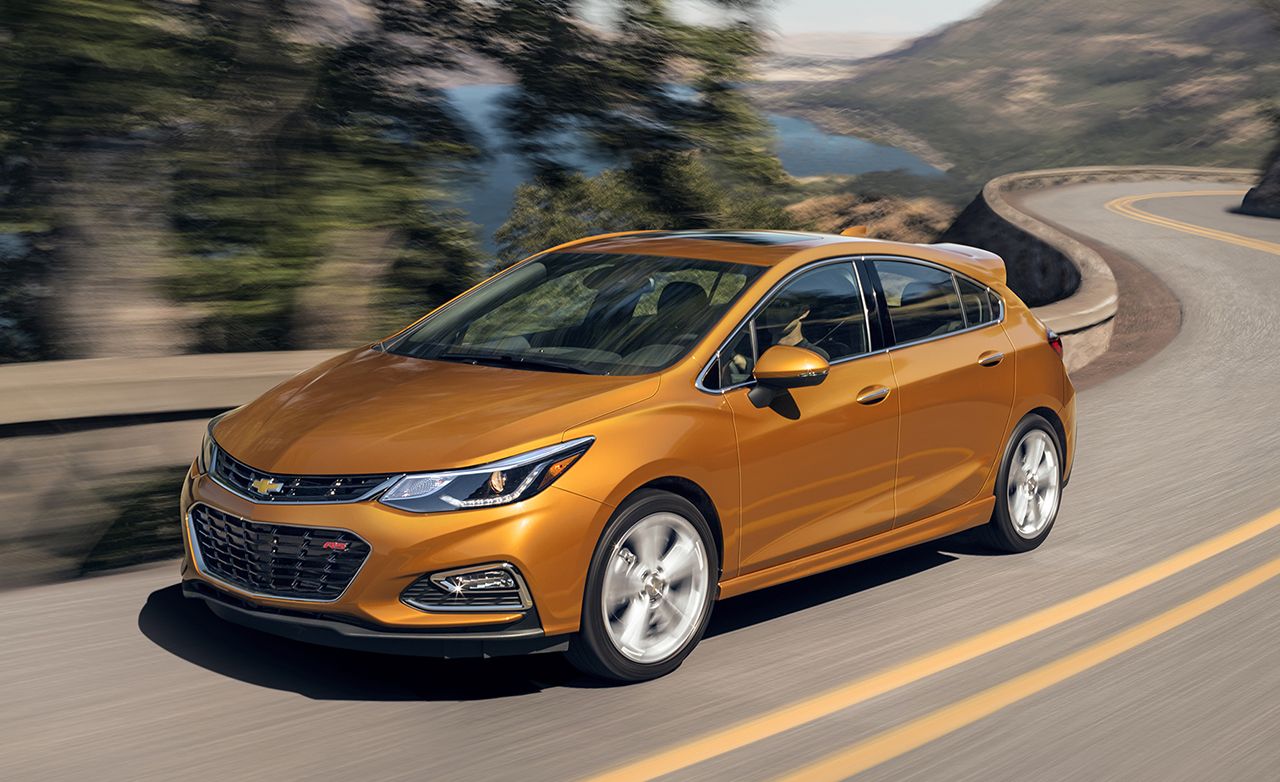
Critical defense is provided during side impacts and potential rollover scenarios, with multiple knees and side-impact airbags offering additional layers of protection for all occupants.
The Cruze’s structural design amplifies its safety capabilities. An advanced high-strength steel body structure works in perfect harmony with the airbag network.
Meticulously engineered crumple zones and strategic reinforcement points ensure that impact energy is absorbed and distributed efficiently, creating a multi-layered approach to passenger protection that goes beyond traditional safety expectations.
Cutting-edge sensor technology sits at the heart of the Cruze’s safety system. Advanced crash detection sensors can anticipate potential collisions with extraordinary precision, pre-tensioning seatbelts, and positioning airbags within milliseconds of potential impact.
Occupant classification sensors add an extra layer of intelligent protection, capable of detecting passenger characteristics and adjusting airbag deployment accordingly.
10. Ford Focus
The Ford Focus represents a pinnacle of safety engineering, delivering an advanced airbag system that redefines protection in the affordable car segment.
With eight strategically positioned airbags, the Focus creates a comprehensive safety network that addresses multiple collision scenarios with unprecedented precision and technological sophistication.
Ford’s Advanced Supplemental Restraint System (SRS) stands at the forefront of automotive safety innovation. The front airbags feature a revolutionary multi-stage deployment mechanism that adapts dynamically to unique crash conditions.
Cutting-edge sensors continuously monitor critical parameters including impact severity, occupant position, and seatbelt usage.
This intelligent system ensures that airbag inflation is meticulously calibrated, providing maximum protection while minimizing the risk of secondary injuries typically associated with aggressive airbag deployment.
Side-impact protection reaches exceptional levels of effectiveness. Strategically placed front and rear side airbags create an impenetrable protective barrier against lateral collisions. Full-length side curtain airbags extend comprehensive head protection to all passengers, offering critical defense during side impacts and potential rollover scenarios.
A dedicated driver’s knee airbag provides additional protection for lower body regions, addressing vulnerable areas often overlooked in less advanced safety systems.
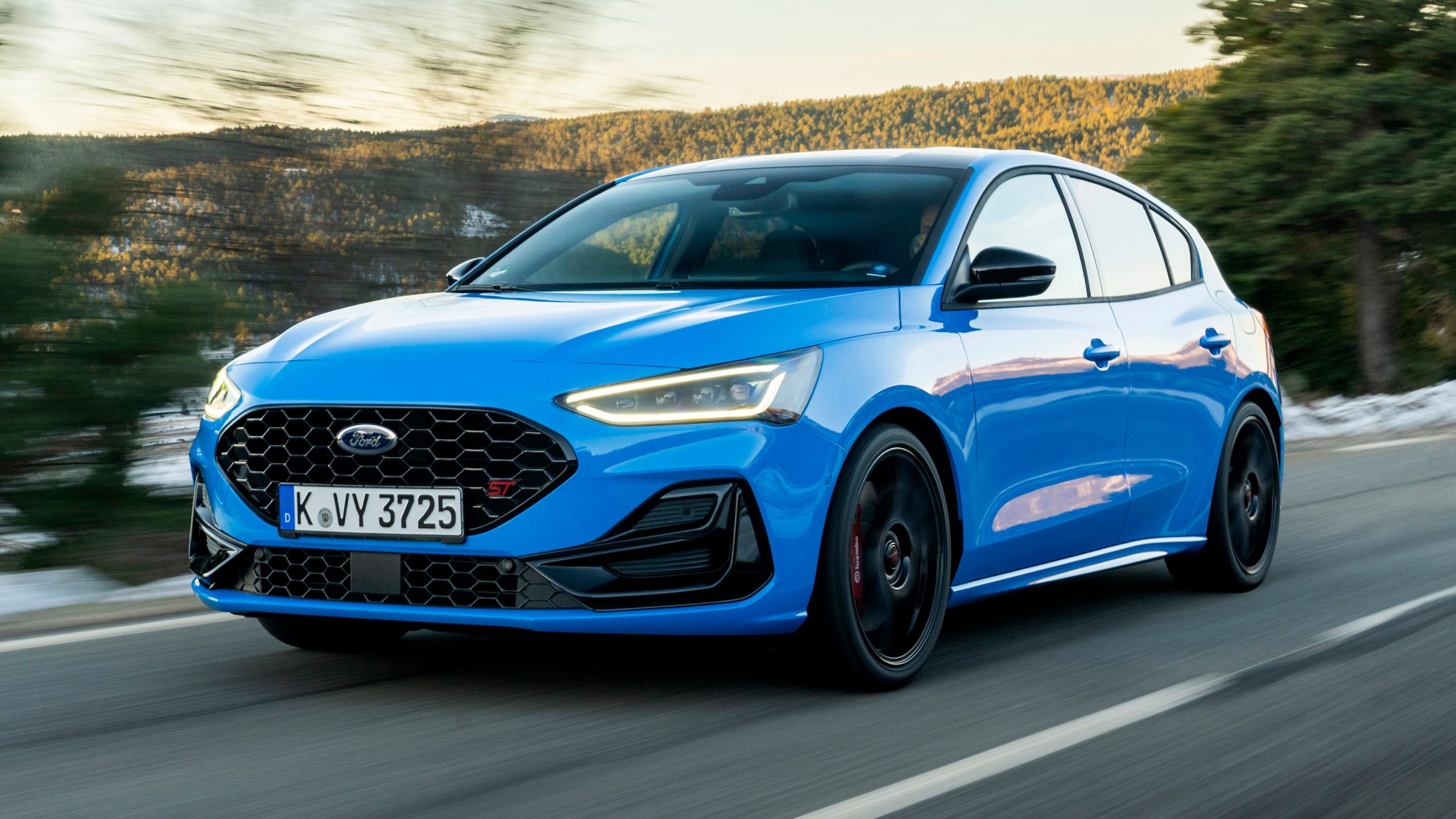
The vehicle’s advanced high-strength steel body structure works in perfect synergy with its sophisticated airbag network. Carefully engineered crumple zones and strategic reinforcement points ensure that impact energy is absorbed and distributed efficiently.
This multi-layered approach to passenger protection transcends traditional safety expectations, creating a holistic defense mechanism that begins before airbag deployment.
Cutting-edge sensor technology forms the neural network of the Focus’s safety system. Advanced crash detection sensors can anticipate potential collisions with extraordinary precision, pre-tensioning seatbelts, and positioning airbags within milliseconds of potential impact.
Occupant classification sensors add an extra layer of intelligent protection, capable of detecting passenger weight, seating position, and distinguishing between different occupant types.
The National Highway Traffic Safety Administration (NHTSA) and Insurance Institute for Highway Safety (IIHS) have consistently recognized the Ford Focus with top safety ratings.
Its comprehensive airbag system plays a pivotal role in these accolades, demonstrating Ford’s unwavering commitment to passenger protection across all vehicle price points.
Beyond traditional safety features, the Focus incorporates advanced technologies like automatic emergency braking and collision warning systems that work in concert with its airbag network.
This holistic approach ensures that the vehicle is not just reactive but proactively working to prevent potential collisions before they occur.
Also Read: 12 High-End SUVs That Have the Lowest Maintenance Costs Over Time

